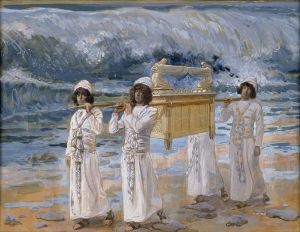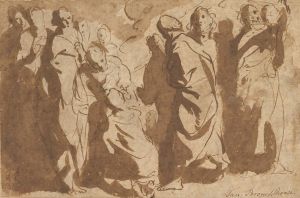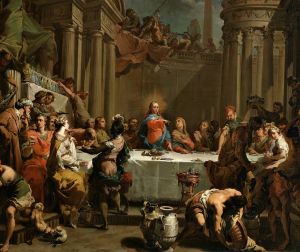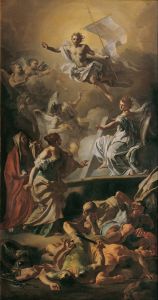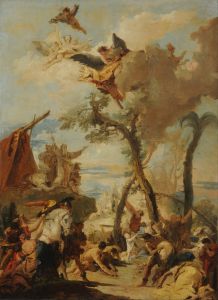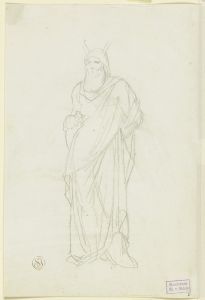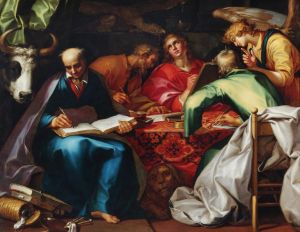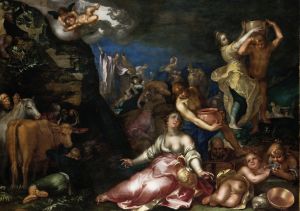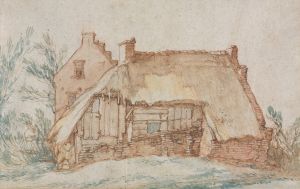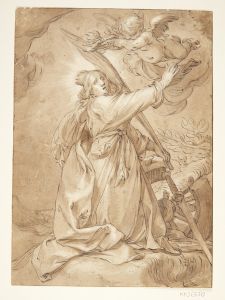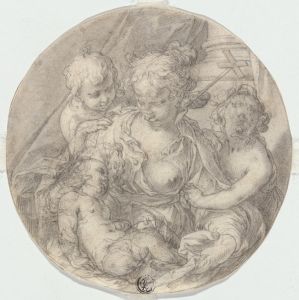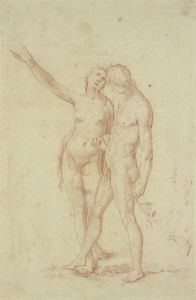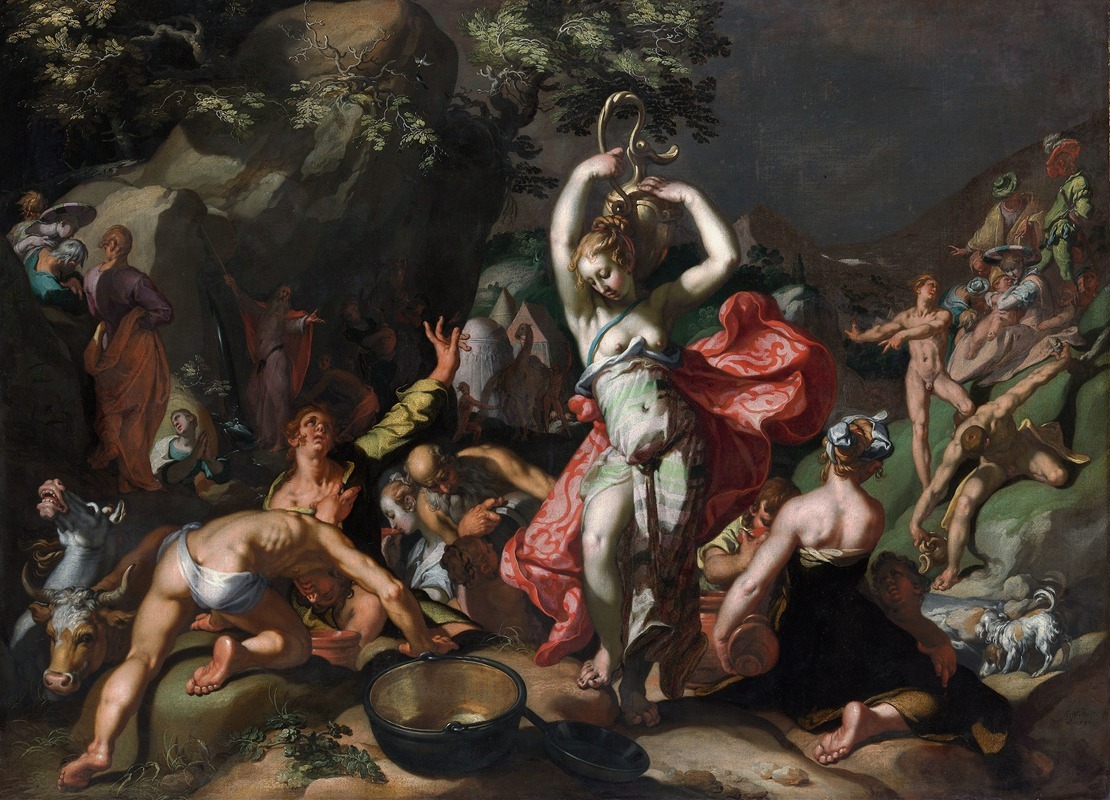
Moses Striking the Rock
A hand-painted replica of Abraham Bloemaert’s masterpiece Moses Striking the Rock, meticulously crafted by professional artists to capture the true essence of the original. Each piece is created with museum-quality canvas and rare mineral pigments, carefully painted by experienced artists with delicate brushstrokes and rich, layered colors to perfectly recreate the texture of the original artwork. Unlike machine-printed reproductions, this hand-painted version brings the painting to life, infused with the artist’s emotions and skill in every stroke. Whether for personal collection or home decoration, it instantly elevates the artistic atmosphere of any space.
Abraham Bloemaert, a prominent Dutch painter and printmaker, created the artwork "Moses Striking the Rock." Bloemaert was a leading figure of the Utrecht School and is known for his versatility in style, ranging from Mannerism to Baroque. His works often depicted religious and mythological themes, and "Moses Striking the Rock" is a testament to his skill in capturing biblical narratives.
"Moses Striking the Rock" illustrates a scene from the Old Testament, specifically from the Book of Exodus. In this narrative, the Israelites, having escaped from Egypt, find themselves in the desert without water. The people complain to Moses about their dire situation. In response, God instructs Moses to strike a rock with his staff, promising that water will flow from it to quench the thirst of the Israelites. This miracle is a demonstration of divine provision and leadership, themes that were commonly explored in religious art of the period.
Bloemaert's depiction of this biblical event is characterized by his attention to detail and his ability to convey emotion through composition and expression. The painting likely features Moses as a central figure, poised with his staff, surrounded by the Israelites who are depicted in various states of anticipation and relief. The dramatic use of light and shadow, a hallmark of Bloemaert's style, would enhance the miraculous nature of the event, drawing the viewer's eye to the central action of Moses striking the rock.
The painting reflects the influence of both Mannerism and the emerging Baroque style. Mannerism is evident in the elongated forms and dynamic poses of the figures, while the Baroque influence can be seen in the dramatic use of light and the emotional intensity of the scene. Bloemaert's ability to blend these styles demonstrates his adaptability and his role in the transition between these two significant art movements.
Abraham Bloemaert's work was highly regarded during his lifetime, and he was a respected teacher, influencing a generation of artists, including notable figures such as Gerrit van Honthorst and Hendrick Terbrugghen. His contributions to Dutch art were significant, and his works remain studied for their technical skill and historical importance.
While specific details about the provenance or current location of "Moses Striking the Rock" may not be widely documented, Bloemaert's works are held in various collections around the world, including major museums and galleries. His paintings continue to be appreciated for their artistic merit and their ability to convey complex narratives through visual means.
In summary, "Moses Striking the Rock" by Abraham Bloemaert is a notable example of Dutch religious art from the late 16th to early 17th century. It showcases Bloemaert's skill in blending Mannerist and Baroque elements to create a compelling depiction of a biblical miracle, reflecting the religious and artistic sensibilities of the time.





